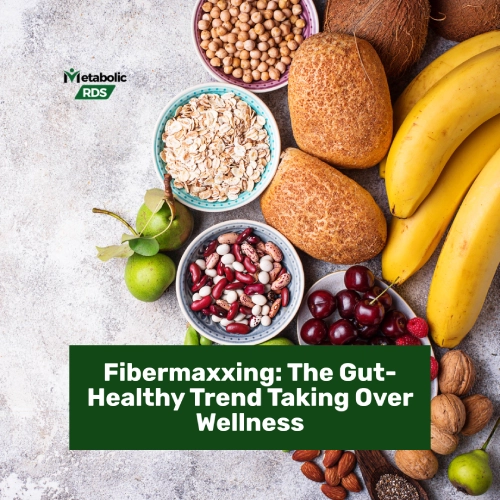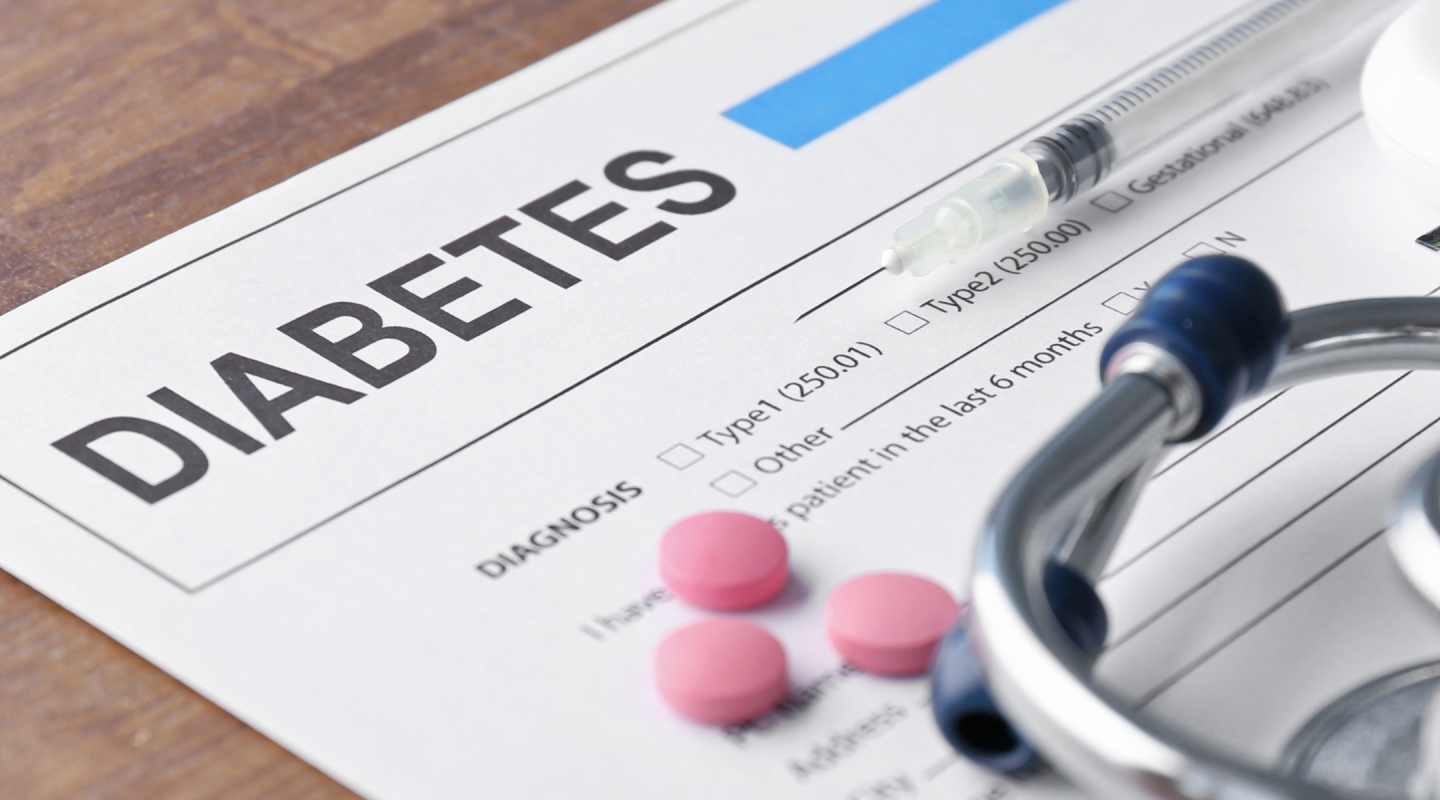By clicking “Accept All Cookies”, you agree to the storing of cookies on your device to enhance site navigation, analyze site usage, and assist in our marketing efforts. View our Privacy Policy for more information.
Tips for Weight Gain and Metabolism Changes after Age 40
Tailoring Diets for Pesky Weight Gain After Age 40 While theres no one-size-fits-all solution , but personal diet plans and a balanced diet with good fats, lean protein, and fiber are vital.
By
March 6, 2024

As we hit our 40s, our bodies undergo changes, and one significant area affected is our metabolism. Just when we thought we understood our bodies in our 20s and 30s, here comes Weight Gain and Metabolic Changes after Age 40!
Understanding Metabolism Changes After Age 40
As you age, your body shifts in how it works. This includes changes in hormones, muscles, and how you live. Let's break it down:
- Hormonal Shifts: After 40, especially for women in menopause, hormones change. This can lead to weight gain, often noticed around the belly.
- Muscle Loss: Getting older means losing muscle. Less muscle means burning fewer calories, making your metabolism slower.
- Slower Metabolism: Overall, your metabolism slows down as you age. This makes managing weight tougher because you're burning fewer calories.
- Less Movement: Changes in your lifestyle, like moving less, can hurt your metabolism. Less movement means burning fewer calories.
- Insulin Issues: After 40, insulin, which helps your body handle carbs, may not work as well. This affects how your body deals with carbs.
- Nutrient Changes: Aging can affect how your body takes in important stuff from food.
- Cell Shifts: Your cells may work differently in how they make and use energy.
- Inflammation: As you age, your body might have more inflammation, which can affect how your metabolism works.
- Genes at Play: Your genes, the things you inherit from your family, also play a part in how your body changes. They affect how you react to what you eat and how much you move.
Diving Deeper into A Few These Metabolism Changes After Age 40
Hormones are like messengers in our body that control different functions. After 40, changes in these messengers can affect how we burn calories and store fat.
For women, menopause means the hormone estrogen drops leading to more fat around the belly. After age 40 or so, our bodies might not respond to insulin as well either. Lower estrogen and lower insulin may also mean our bodies might not process sugar and carbs as well, affecting our weight. This can lead to weight gain, especially if we don't make adjustments in our diet and activity.
Muscle decline with age can mean our body uses fewer calories when we're at rest. This is called our basal metabolic rate (BMR). Think of muscles as the engine that burns calories in our body. When we have less muscle, our engine becomes smaller, and it doesn't burn as many calories. So, after 40, we might notice that we can't eat as much as before without gaining weight.
To keep our metabolism running well, it's important to include activities that help maintain and build muscle, like strength training exercises.

Tailoring Diets for Pesky Weight Gain After Age 40
While there's no one-size-fits-all solution,
but personal diet plans and a balanced diet with good fats, lean protein, and fiber are vital. Let's make sense of these strategies:
- Protein for Muscles: Eating enough protein helps keep your muscles strong and keeps you full.
- Smart Carbs: Choosing complex carbs like whole grains keeps your energy steady.
- Staying Hydrated: Drinking enough water helps your body work well.
- Move Your Body: Doing exercises, even simple ones, helps you keep muscles, boost metabolism, and manage weight.
- Get Good Sleep: Quality sleep is crucial for your hormones, energy use, and appetite. Check out more tips with sleep hygiene!

Going Deeper into Strategies
Now, let's delve deeper into these strategies:
Protein Power
Lean protein, those higher in protein and lower in fat, are ideal for revving up a metabolism and helping you feel fuller, longer. Here are some options, including vegetarian choices:
- Poultry: Skinless chicken or turkey breasts are excellent sources of lean protein. Bake, grill, or roast them for a healthy and delicious meal.
- Fish: Fish like salmon, tuna, and tilapia are rich in protein and heart-healthy omega-3 fatty acids. Grilled or baked fish is a nutritious option.
- Lean Cuts of Meat: Opt for lean cuts of beef or pork, such as sirloin or tenderloin. Trim visible fats before cooking to reduce overall fat content.
- Eggs: Eggs are a versatile and affordable source of protein. Hard-boiled, scrambled, or in omelets, they offer various preparation options.
- Dairy: Low-fat or fat-free dairy products like Greek yogurt, cottage cheese, and skim milk provide protein with reduced saturated fats.
- Legumes: For vegetarians, legumes like lentils, chickpeas, and black beans are excellent protein sources. They're also high in fiber.
- Tofu and Tempeh: These plant-based proteins are great meat alternatives. Tofu takes on the flavors of the dish, while tempeh has a nutty taste.
- Quinoa: A complete protein, quinoa is a grain that provides all essential amino acids. It's a fantastic choice for plant-based meals.
Including a variety of these lean protein sources in your diet ensures you get the necessary nutrients while managing your fat intake
Smart Carbs Choices
Go for whole grains, beans, and veggies instead of sugary snacks. These smart carbs give you energy without making your blood sugar spike.
- Whole Grains: Choose whole grains like brown rice, quinoa, oats, and whole wheat pasta. They contain more fiber than refined grains.
- Legumes: Beans, lentils, and chickpeas are excellent sources of both fiber and protein. Add them to salads, soups, or stews.
- Vegetables: Incorporate a variety of colorful vegetables into your meals. Broccoli, carrots, spinach, and sweet potatoes are rich in fiber.
- Fruits: Enjoy a mix of fresh fruits, including berries, apples, pears, and oranges. Leave the skin on whenever possible for added fiber.
- Nuts and Seeds: Snack on nuts like almonds or walnuts and include chia seeds or flaxseeds in your smoothies or yogurt.
- Whole Grain Bread: Opt for whole grain or whole wheat bread instead of refined white bread for sandwiches or toast.
- High-Fiber Cereal: Look for cereals with high fiber content. Check the labels and choose options that have minimal added sugars.
- Popcorn: Air-popped popcorn is a satisfying and fiber-rich snack. Skip excessive butter and oil for a healthier choice.
- Bran: Bran cereals or bran muffins can be a tasty way to increase your fiber intake.
Including these fiber-rich carbohydrates in your daily meals supports digestion, helps maintain a healthy weight, and contributes to overall nutritional balance.
Hydration Habits
Drinking water keeps you hydrated and helps your body work well.
- Drink Regularly: Sip water throughout the day, even if you don't feel thirsty. It keeps your body hydrated.
- Carry a Bottle: Keep a water bottle with you wherever you go. It makes drinking water convenient.
- Add Flavor: Make water tastier by adding slices of fruits like lemon or cucumber. It can make drinking more enjoyable.
- Set Goals: Aim to drink at least 8 glasses (64 ounces) of water every day. Adjust if you're more active.
- Create a Routine: Drink water at specific times, like during meals or breaks. It helps you remember to stay hydrated.
- Check Urine Color: If your pee is pale yellow, you're doing well. Darker urine might mean you need more water.
- Drink Before Thirst: Don't wait until you're thirsty to drink. Take small sips regularly.
- Exercise Hydration: When you're active, drink water before, during, and after to stay properly hydrated.
- Limit Sugary Drinks: Choose water over sugary beverages. It's healthier and has no extra calories.
- Balance Caffeine: If you have caffeinated drinks, balance them with water. Too much caffeine can make you thirsty.
- Listen to Your Body: Pay attention to what your body needs. If you feel thirsty, drink some water.
Keeping your body hydrated supports its functions, aids digestion, and helps you feel your best.
Easy Exercises
You don't need to lift heavy things. Simple activities like yoga or using stretchy bands can make a big difference.
- Include Strength Training: Engage in activities that build and maintain muscle, such as weight lifting or resistance exercises.
- Regular Physical Activity: Aim for at least 150 minutes of moderate-intensity aerobic exercise each week, like brisk walking or cycling.
- Mix Cardio and Strength Training: Combine aerobic exercises with strength training to benefit your heart health and preserve muscle mass.
- Start Slowly: If you're new to exercise, begin with light weights and gradually increase as your strength improves.
- Bodyweight Exercises: Utilize exercises that use your own body weight, like squats, lunges, and push-ups.
- Consistency is Key: Regular, consistent exercise is more beneficial than sporadic intense workouts. Find activities you enjoy to make it sustainable.
- Rest and Recovery: Allow your muscles time to recover between sessions to avoid fatigue and reduce the risk of injury.
- Stay Active Daily: Incorporate movement into your daily life, like taking the stairs, walking, or gardening.
- Consult a Professional: If unsure where to start, seek guidance from a fitness professional or healthcare provider.
- Listen to Your Body: Pay attention to how your body responds to exercise. If something causes pain, modify or avoid it.
- Stay Hydrated: Drink water before, during, and after exercise to support your body's functions.
Remember, it's never too late to start exercising. Even small changes can make a big difference in maintaining muscle mass and overall well-being.
Sleep Well
Create a bedtime routine, keep your room cool and dark, and avoid screens before bed. This helps you get good sleep.
- Consistent Bedtime: Aim for a regular sleep schedule by going to bed and waking up at the same time every day.
- Create a Relaxing Routine: Develop pre-sleep rituals, such as reading a book or taking a warm bath, to signal to your body that it's time to wind down.
- Comfortable Sleep Environment: Make your bedroom conducive to sleep by keeping it dark, quiet, and cool. Invest in a comfortable mattress and pillows.
- Limit Screen Time: Reduce exposure to screens before bedtime, as the blue light emitted can interfere with your natural sleep-wake cycle.
- Avoid Stimulants: Minimize caffeine and nicotine intake, especially in the evening, as these can disrupt sleep.
- Stay Active: Engage in regular physical activity during the day to promote better sleep, but avoid intense exercise close to bedtime.
- Mindful Eating: Be mindful of what and when you eat, avoiding heavy meals close to bedtime.
- Manage Stress: Practice stress-reducing techniques like deep breathing or meditation to calm your mind before sleep.
- Limit Naps: If you need to nap, keep it short (20-30 minutes) and earlier in the day to avoid impacting nighttime sleep.
Quality sleep is essential for energy, mood, and overall health. Establishing healthy sleep habits can significantly contribute to your well-being after the age of 40.
Wrapping It Up
Managing changes after 40 needs a whole picture approach. As a dietitian, I want to make this journey easy for you. See this time as a chance to fine-tune what you eat, move purposefully, and take care of yourself. We can tackle weight gain and metabolism changes after age 40 together, making sure your body supports your overall well-being. It's not just about age; it's about living in a way that keeps you healthy for a long time.
Don't forget: There is a lot to nutrition and if you need help coming up with a plan for you, make an appointment with an awesome Metabolic RD!





